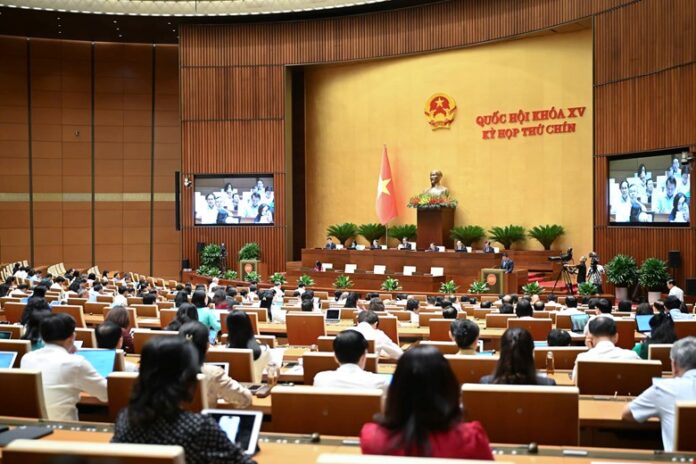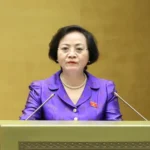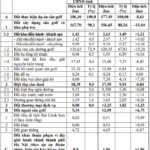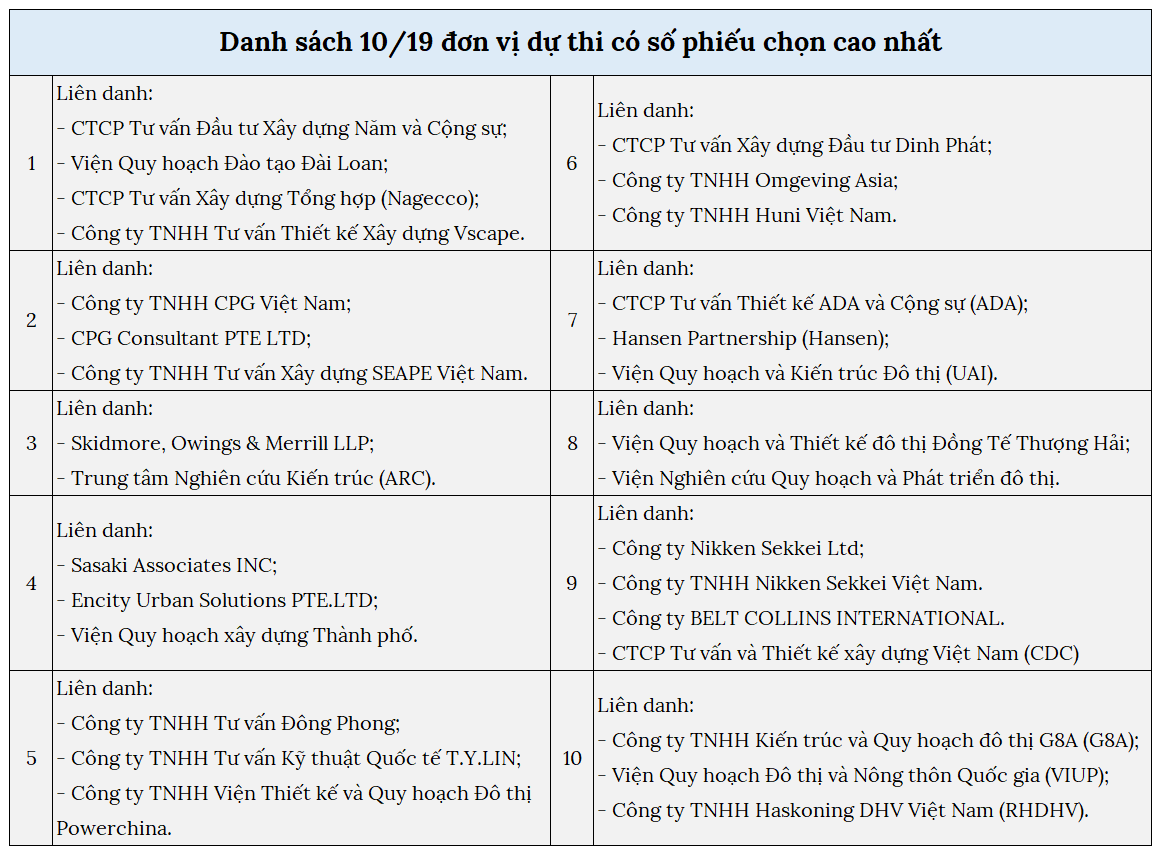On June 17th, with an overwhelming majority of 452 out of 453 delegates voting in favor, the National Assembly passed a resolution to reduce the VAT tax rate.
According to the newly adopted resolution, the National Assembly has decided to decrease the VAT tax rate by 2% for specific groups of goods and services as outlined in Clause 3, Article 9 of the Law on Value Added Tax No. 48 (now at 8%).
The groups of goods and services that are not subject to this tax reduction include telecommunications, financial activities, banking, securities, insurance, real estate businesses, metallic products, mining products (except coal), and special consumption tax-liable goods and services (except for gasoline). This resolution will be effective from July 1st, 2025, until December 31st, 2026.

On June 17th, the National Assembly passed a resolution to reduce the VAT tax rate.
Prior to its passage, Minister of Finance Nguyen Van Thang presented a report on the adoption, explanation, and editing of the draft resolution.
Minister Thang addressed the diverse opinions on the matter, stating, “Some have suggested applying a 2% VAT reduction to all items, while others have proposed a 4-5% reduction for specific items that require support.”
Clarifying the government’s position, Mr. Thang explained that the current draft resolution has expanded the scope of items eligible for tax reduction compared to previous National Assembly resolutions and extended the duration of the tax cut until the end of 2026. This includes businesses in transportation, logistics, and information technology, which now benefit from the reduced tax rate.
Additionally, according to the Law on VAT, education, vocational training, and medical services are exempt from VAT, so there is no need to consider a tax reduction for these sectors. Similarly, financial activities, banking, securities, and insurance services are also VAT-exempt, while telecommunications and real estate sectors have experienced growth and are not eligible for VAT reduction.
Furthermore, the government’s proposed plan, presented on April 16th, estimated a reduction in state budget revenue of approximately VND 121,740 billion for the last six months of 2025 and the whole of 2026 combined. This includes an estimated reduction of VND 39,540 billion for the last six months of 2025 and VND 82,200 billion for 2026.
However, if all items subject to the 10% VAT tax rate were to be reduced, the estimated reduction in state budget revenue would be significantly higher, at VND 167,000 billion for the same period. This includes an estimated reduction of VND 54,000 billion for the last six months of 2025 and VND 113,000 billion for 2026.
“Reducing VAT for all items would further decrease state budget revenue, making it challenging to maintain fiscal stability and public debt safety,” Minister Thang emphasized. “Additionally, consumers might increase their consumption of goods and services that are not encouraged, such as those subject to special consumption tax, or those that need to be managed, protected, and reasonably utilized.”
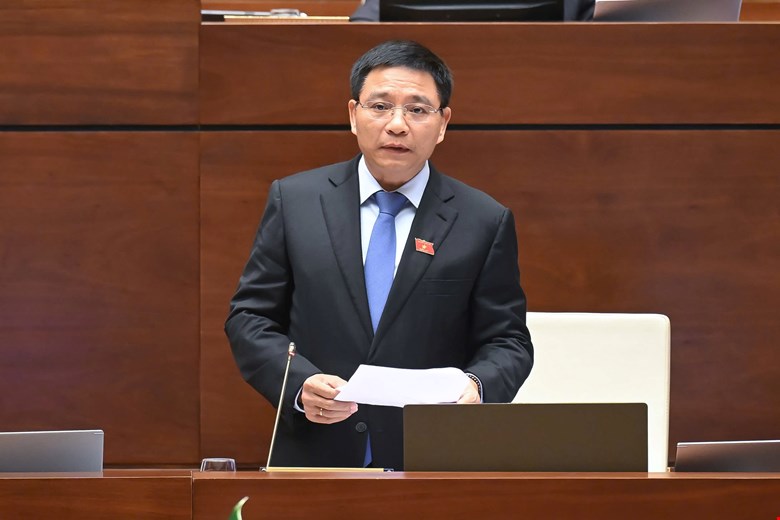
Minister of Finance Nguyen Van Thang provides insights into the VAT reduction.
Regarding the duration of the policy, there were varied suggestions, including extending it to two years or reducing it as some believed that a longer duration might impact its effectiveness. However, the Minister affirmed that the government’s proposal to extend the VAT reduction policy to 1.5 years, instead of the previous six-month intervals, would boost the economy and lay a solid foundation for achieving the socio-economic development strategy for 2021-2030.
He also clarified that suggesting a permanent 8% tax rate is inconsistent with the Party and State’s guidelines on restructuring state budget expenditures to ensure the country’s financial safety and sustainability and the strategy for tax system reform by 2030, which aims for a single tax rate and a gradual increase in the VAT tax rate.
Revolutionizing Provincial Mergers: A Resolution for Tomorrow’s Progress
On Wednesday, June 11th, the Minister of Home Affairs, Pham Thi Thanh Tra, acting on behalf of the Prime Minister, presented to the National Assembly a proposal outlining the reorganization of administrative units at the provincial level for the year 2025. Following this reorganization, the country will consist of 34 administrative units at the provincial level, comprising 6 municipalities under the direct control of the central government and 28 provinces. The Commission for Legal and Judicial Affairs has proposed that the resolution take effect on the date of its approval by the National Assembly, which is June 12th.


























